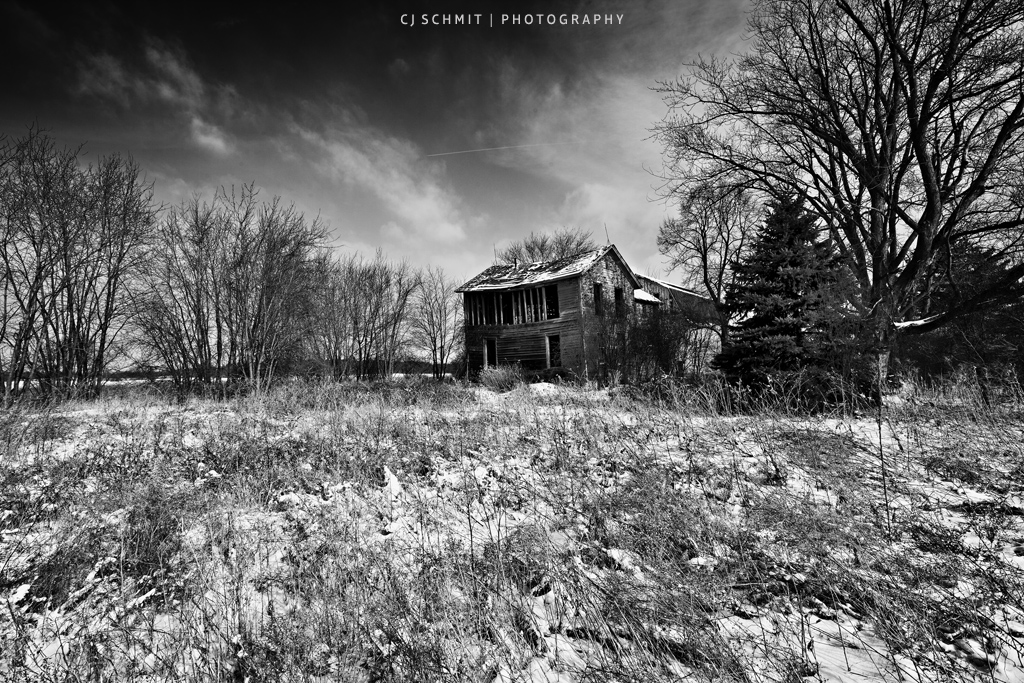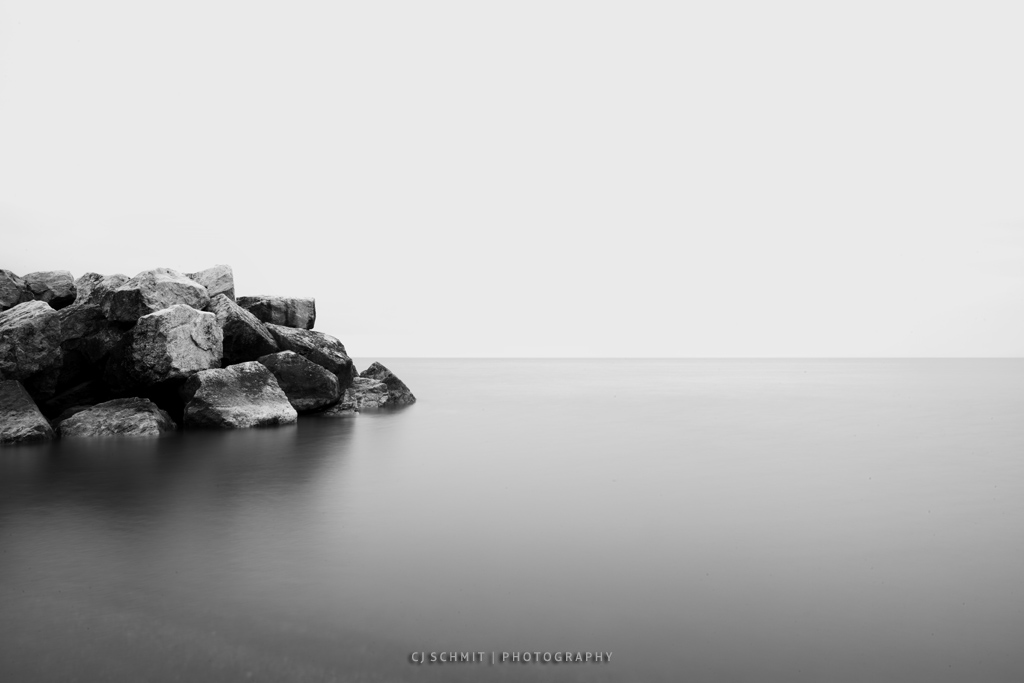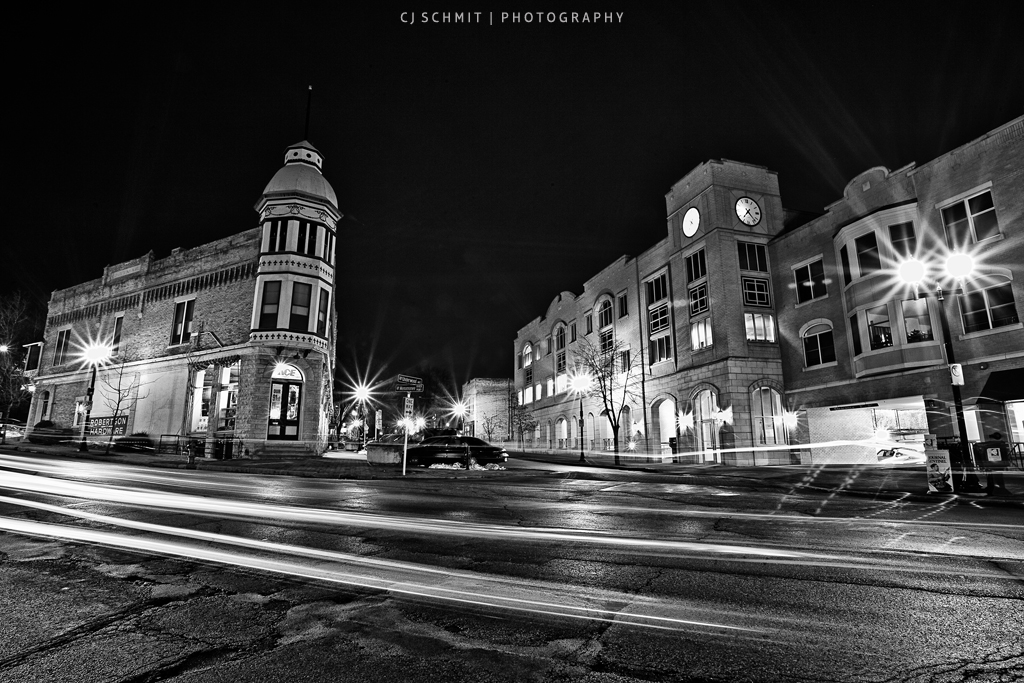As humans, most of us see the world in all its color and beauty but we often miss some of the world’s details all because of that pesky thing called color. Don’t get me wrong, I love color like most others do but I love a monochrome world a bit more. With monochrome you don’t have the colors distracting your eyes and mind and you see the details and textures like you never have before.

This is my first time writing an article for someone other than my own blog. I appreciate the chance that Seven by Five is giving me and I hope you enjoy reading the articles I have started to plan out. I am not going into great depth with this first one, starting high level and eventually diving deeper into things. My background is I am a completely self-taught photographer. What I know has come from mainly trial and error but also from a few books, some online articles and advice from friends. I do not look at how I do things as the only way but rather the way that works for me. You might not fully agree with how I do things but keep in mind just like art, there are many ways to do many things.

I have been hobbyist photographer for almost 8 years now but the last 5 I have been very serious about this hobby and have put a lot of effort into bettering myself and my work. One area I have worked very hard at is my monochrome work and I have learned a lot along the way. The biggest of them all is learning to see a scene and picture it in my head as a monochrome scene rather than the color it is in nature. It has taken time to get to this point but anyone with the patience and determination can do it themselves.
Start yourself out by looking at Monochrome photography done by other artists. Look at what they saw, try to see the scene they saw before snapping the shutter and capturing the light. It isn’t always easy to know what the scene looked like before it was Monochrome but you can get the idea of what the photographer saw in the details and composition of the work. If you are a landscape photographer, try working on a cloudy day, the contrasts are perfect for this type of work. On a sunny day, work with the sun to your back and try to use the blue sky along with some clouds. Look at things not in color but rather in lights and darks, learn to see contrasts. Once you have studied some work go out and try some photos yourself. Don’t worry about the post processing until you have learned to see in monochrome, train your eyes before you worry about the final image. Being able to see a monochrome image in your head before even touching the camera is far more important than the processing after the shot has been taken. You have to start with a good image to end up with a great one.

Some I know have started out with setting their camera to process the photos in B&W and that is fine to learn with but eventually you will want to shoot everything in color and post process for B&W. I will be getting into this in a future article but for now feel free to use the camera to process your B&W images. Like I said, it’s not the preferred way but it will at least give you a quick way to see what you are shooting and help you develop an eye for B&W work. It takes time for that eye to develop but once you start, you will be amazed how the world around you changes. If you want an easy one to start with, go out and find some trees to photograph. Bare trees in winter are the easiest but really any trees will do. The dark gray bark and rough texture will really pop and make a B&W photo work.
In the end, study some other people’s work to get some ideas and then get out there and start shooting and training your eyes. It won’t happen overnight and might take some time but don’t give up. The best things in life take time to happen. The beauty of digital photography is you can shoot all you want without costing yourself lots of money – and that is great when you are just starting out.
CJ Schmit is a 38 Year old self-taught photographer specializing in Monochrome Landscape and Architectural photography.
Great article, and you convinced me by showing your work 🙂 I also am self-taught, and learning by example and trial and error. I love photography the way I love to write my novels, short stories and poetry: I cannot imagine “not” doing either!
I think the most important thing to remember is to have fun, so it continues to be an enjoyable experience. 🙂
Mid
Thanks for your response Mid, I really appreciate it. I totally agree that having fun is the most important part. Every time I grab the camera, I am like a kid at Christmas excited to see what I can capture this time. 🙂
Very true. B&W can really add to the mood of a particular picture. Your work is very nice too BTW.
Thanks Chris and glad you agree. I find myself turning more and more of my work into Monochrome for the simple fact that I can express things better that way.
I love your work, CJ, it’s so dramatic and full of details and textures! Great article you’ve compiled here, really looking forward to seeing more!! My dad was an avid B&W photographer so your words here really resonate with me, personally. Great stuff my friend, way to start this series out with a bang!
Great article. But It’s not monochrome : it’s Black & White :
mono = one
Chrome = color
Sepia is monochrome.
Thanks Bob but if you look up the dictionary definition of Monochrome:
monochrome (?m?n??kr??m)
— n
1. a black-and-white photograph or transparency
2. photog black and white
http://www.dictionary.com